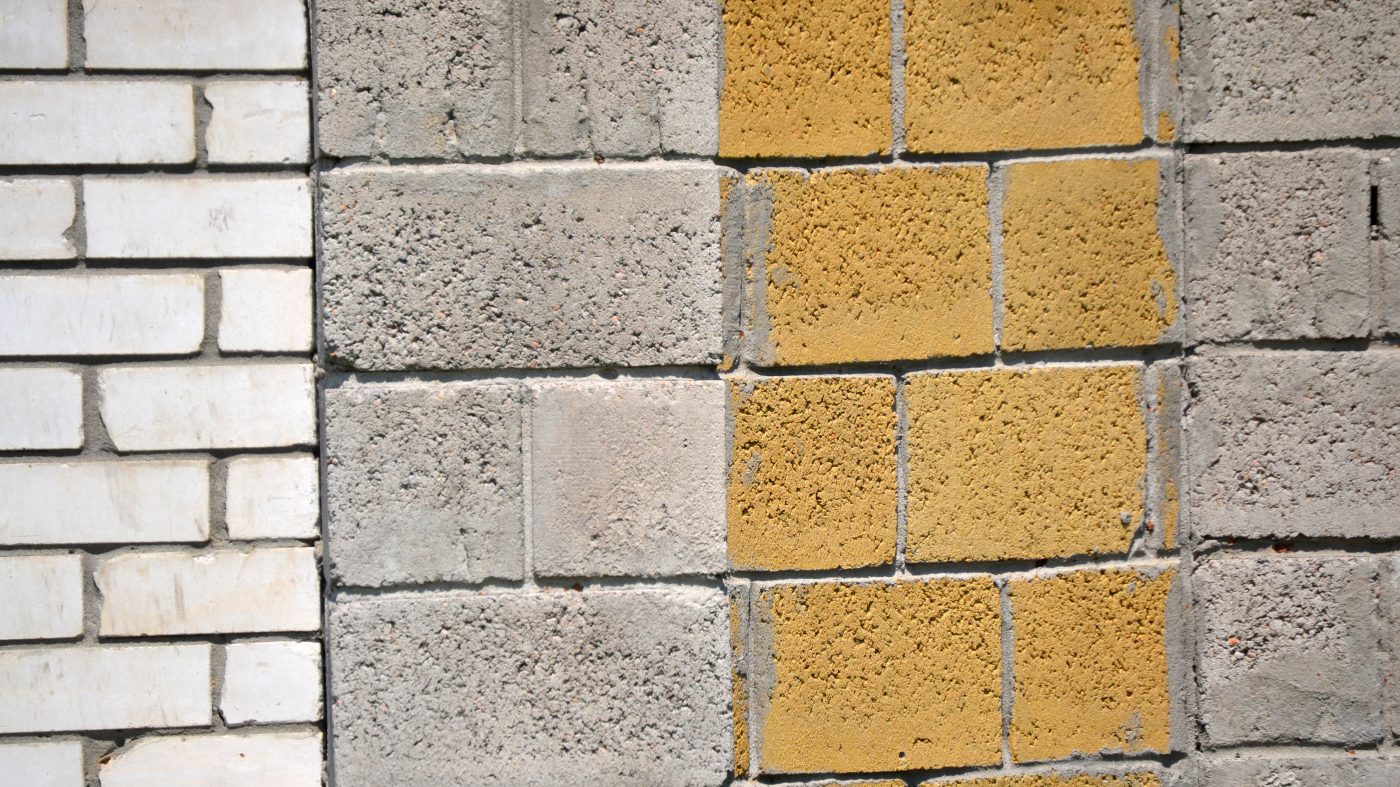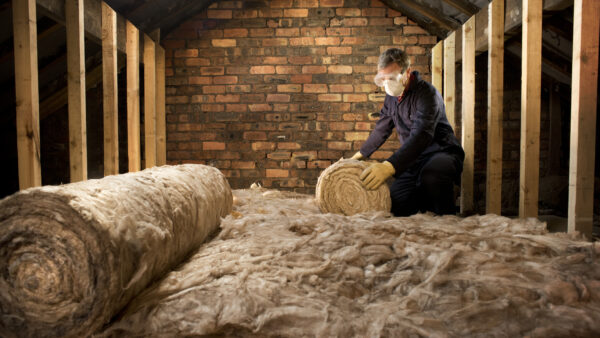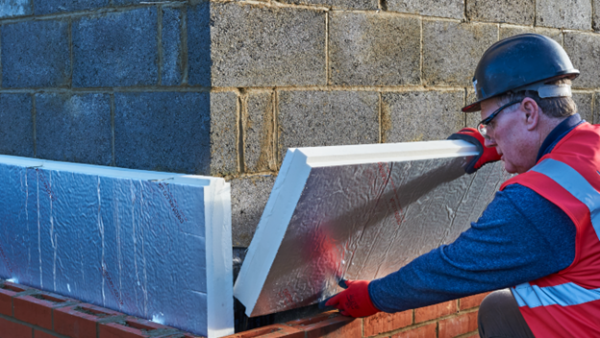When you’re driving around the country in your van, you can’t fail to notice that the bricks used in different areas vary a lot. What you might not know is why and, more importantly, why those variations are still important today.
We’ve been catching up with Lee Pauls, category product manager (or brick guru as we like to call him), at manufacturer Wienerberger to find out more.
A quick history lesson…
When bricks were first made in the UK, manufacturers would use local sand and clay because, quite frankly, transporting building materials long distances was out of the question hundreds of years ago. So, whatever brick was produced in your local area was the brick you used.
This meant that brick factories were located as close to clay reserves as possible and the different clays would then affect how the brick would look and feel.
What does this mean in 2019? Well, each region has ended up with some distinctive brickwork trends which can have a big impact when it comes to selecting products for your next project.
Colour matching, it’s not just for paint
When it comes to colour there’s a general rule of thumb across the country. In the North you’ll find more red bricks, whereas in the South you’ll spot paler tones.
But it doesn’t stop there. Take the south-east of England, a project there will need a brighter orange shade compared to the Midlands where deeper reds are more common. If you’re working in a big city, the bricks used today need to match up to those already in place which will have been affected by industry over the years, so for example in London you’ll find yellow bricks with black markings.
Getting these brick matches right can be a tricky business. Luckily, we’ve put together this handy guide to help you out.
A regular irregularity
Not only does the clay affect the colour of the brick, but also the way it’s cut and produced. For example, squarer, extruded products will be seen more in the north of the country. The wire cut finish delivers a product that is uniform and clean.
By comparison, stock bricks, which would have been molded by hand in the past, are found in the south of the UK and made from softer clay making them more irregular.
Put these two together on the same project and it’s going to stick out like a sore thumb, and more importantly could cause problems when it comes to passing your planning permission.
Size matters
The traditional brick size is 64mm but as you travel across the country, different sizes will come into play (are you spotting a theme here?). Sizes can vary quite significantly – in the South going up to 68mm, whereas in the North we’re talking a whopping 73mm.
Lee’s top tip is not to guess once you reach your local Jewson for supplies, but to take a quick measurement, or even better a spare brick, with you when you head into branch.
Making history, history
The influence of social media and global design trends does now mean we’re seeing exciting projects that don’t necessarily fit in with traditional, regional designs. Because of this, planning permission has relaxed a bit, meaning distinct brick patterns don’t always have to be followed for certain areas.
As long as the bricks on the build loosely tie in to the local area, you can get away with adding a bit of personality. To achieve this unique look, blending bricks is becoming more popular. By combining two or more bricks, you’ll be able to achieve the perfect finish.
The perfect match
Finding the perfect match might seem like a tricky business, but it’s all about common sense (unlucky for some!) It’s important to consider each decision on a case by case basis and keep thinking about your end goal. If you’re working on a residential development, you’re going to want to make sure it fits in with its local, historic surroundings to pass building regulations. More experimental, one off developments, will require a more unique approach with bespoke brick choices.
If you’re still struggling, head into local Jewson branch for some advice – we’re always happy to help!
Check out the full range Wienerberger has to offer here or find out more on how Jewson can help with your brick needs here.





